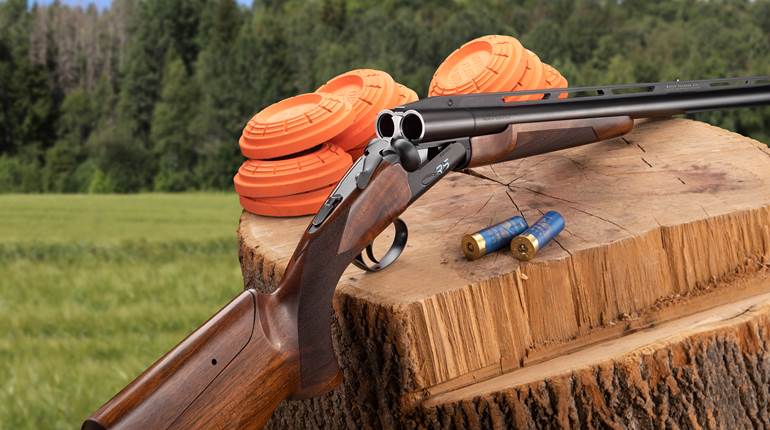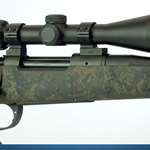One of the rights that we have as Americans is the right to self-defense. It is a natural right, but in places like Washington, D.C. before the monumental Heller v. District of Columbia decision—in which the majority opinion was written by the late U.S. Supreme Court Justice Antonin Scalia—the right to armed self-defense was scorned and stifled.
In Washington D.C. pre-Heller, you could only legally have a handgun if it was registered before 1977. After a lengthy process that involved multiple trips to police headquarters, fingerprints, photographs, a fee—and a lot of your time—you could maybe, eventually, be allowed to buy a rifle or a shotgun.
But, the storage requirements established for lawful gun owners made it virtually impossible for such a gun to be used for self-defense inside the home. The gun had to be stored disassembled. And it had to be stored away from ammunition, which also needed to be locked up. What this meant was there was very little chance to employ your lawfully owned rifle or shotgun for the defense of yourself and loved ones within your own home.
A glimpse of the impact of such laws on the law-abiding was recently demonstrated in Great Britain. In England, self-defense is not a “legitimate” or “good” reason for ownership of a firearm. And cases of self-defense with a firearm are very often prosecuted. Not the criminal, but the homeowner. One of the most egregious example was a farmer by the name of Tony Martin.
Clay target shooter George Digweed, MBE, one of the most accomplished shotgun shooters in the world, has been crowned world champion 26 times. But with fame can come unwanted attention.
In late February, a vicious home invasion resulted in Digweed and his wife being badly beaten by four men. They were bound and terrorized. The robbers took money, many of his impressive trophies and medals won by his prowess with a shotgun, and two guns—a Benelli and a Perazzi. They drove off in Digweed’s car, leaving the burly Englishman with a ghastly wound to his forehead (see video above).
The storage requirements imposed upon Digweed and other British subjects are very much like they were in places like the District of Columbia and Chicago before the Heller and McDonald decisions. And let’s remember that anti-gunners praise and model England and Australia for policy prescriptions to apply to all Americans. They call it “something we should look at.”
In those nations, guns were divided by class, then entire categories of licensed and registered guns were confiscated. Those governments decided what guns subjects would be allowed to possess, why they should own them and for how long. There, the government decides what a “good reason” for owning a firearm is and is not. They dictate how guns should be stored. And both Australia and Great Britain have decided that self-defense is not a good enough reason to own a firearm as a matter of national public policy.
If you don't think that can happen here, it already did. It took a 5-4 decision by the U.S. Supreme Court to restore a natural right to American citizens who chose to live in places like Washington, D.C. and Chicago. Such laws embolden criminals. It is reported that home invasions or “hot burglaries’—robberies when the resident is actually home—occur at a higher rate in England than in the United States. And that's because criminals know homeowners are unlikely to be able to use a firearm to defend themselves—if they have one at all.
English- and Australian-style gun control isn't just about the registering, banning and confiscation of firearms. It is about the eventual elimination of the right to armed self-defense.
























